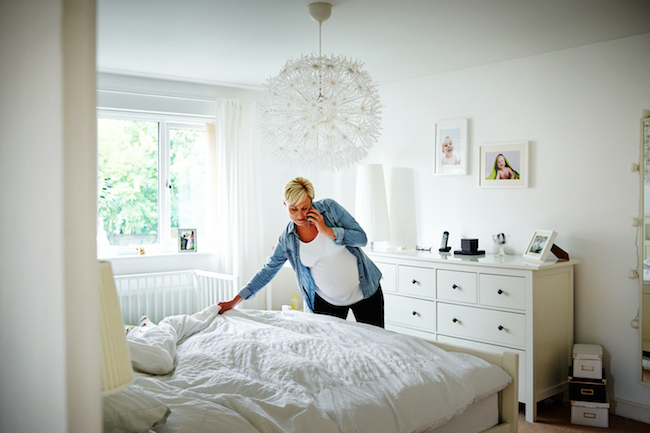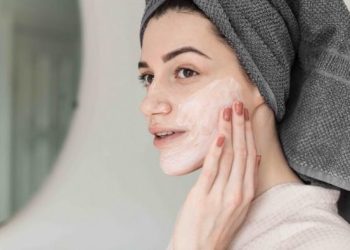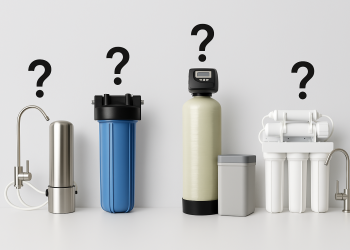Investing in an organic mattress is always a fine decision as these are made up of natural and non-toxic materials such as natural latex, organic cotton, organic wool, etc., for its padding and fabric. However, your precious organic mattress may well be prone to attack from bed bugs which are known for their sturdy nature and ability to multiply rapidly. It is therefore crucial to eliminate any bug infestation in your house at the earliest and we are going to tell you just how you can pull it off without musch hassle.

#1 Look Out for Signs
Before heading out with the process of eradicating these pests, look for signs that indicate the expanse of their infestation. The presence of bed bugs is often marked by their musty smell, eggs and excreta. Search all the wall hangings, electrical outlets, furniture, cracks in the wall and in the framework of the bed for the signs. You may also want to check your suitcases and bags from previous trips as these bugs are known to make their way into households by riding with your stuff.
#2 Clean your Mattress
The certified organic contents coupled with the skill and time required to manufacture an organic mattress makes it costlier than the average non-organic mattress. This is precisely why you should take extra care of your organic mattress, cleaning it from time to time and checking for any signs of bed bugs. If your organic mattress has wool as one of its primary contents, the chances of a bed bug infestation are already lowered. However, you should still regularly remove the mattress from its cover and make sure that you clean and dry it so that it can be prevented from the pests.
#3 Buy a Mattress Encasement
Bed bugs aren’t the only nuisance that you come across when it comes to your mattress. Your mattress may often be found covered in dust, mites, fleas, dead skin cells and other allergens. You should therefore save yourself the trouble of regular cleaning and opt to use bedbug proof mattress encasements. Remember to pick a mattress cover that is not only comfortable and waterproof but also made up of a non-toxic and breathable material.
#4 Wash Everything
Segregate all the bed sheets, pillow encasements and other washable linen into sealed plastic bags before heading with the process of washing as this will prevent them from spreading. Use the hottest available setting in your machine with respect to the fabric as bed bugs are incapable of withstanding a high temperature (117- and 125- degrees Fahrenheit). For other items that cannot be washed with water, use an equally high dryer setting.
#5 Vacuum
One of the easiest and potential ways of getting rid of the pests and their eggs is regular vacuuming of the floors, linens, furniture, carpets and other hiding places. Of course, a vacuum cleaner cannot magically suck in all the bed bugs in a given area but it can definitely reduce their population quite efficiently. Be sure to dispose of the container far away from your home after sealing it properly.
#6 Declutter
Bed bugs love cluttered up households which is why the clutter around your bed can prove very harmful to the health of your mattress and that of yours. Remove all unnecessary items from around your bed like extra bedding, plush toys, electronics, dirty clothes, unwashed plates, etc. Maintaining a healthy bedroom environment to make it perfect for sleeping requires a figurative detachment of the bedroom from the rest of the household as your bed is meant for sleeping only and doesn’t need to be burdened with everyday household items.
#7 Organize your Bed
Not only can your bedroom design affect your night sleep but it can also make a difference to how easily bed bugs spread from one part of the room to the other. When it comes to bed bugs it’s all about contact as the pesky little pests can’t fly. Increase the proximity of your bed from your walls so that the pests do not move in freely from the wall on to the bed and vice versa. You may also want to increase the height of your bed and prevent your bedding from touching the floor to minimize contact. If possible, dismantle your bed frame so that you can perform a thorough inspection of the bed.
#8 Use Chemicals
Using chemicals and pesticides may seem like defeating the purpose of using an organic mattress but their use is recommended if the infestation becomes rampant. Chemical treatment ranging from light alcohol sprays to the use of more intense insecticides such as pyrethrin, neonicotinoids, pyrrole, desiccants, is often employed to get rid of the pests.
Bottomline:
Not only are these insects bad for your mattress but they can significantly affect your own well-being by causing a variety of skin irritations and may even lead to insomnia. Do not at any point hesitate to call in a professional, especially when you reach the point of using chemicals.







